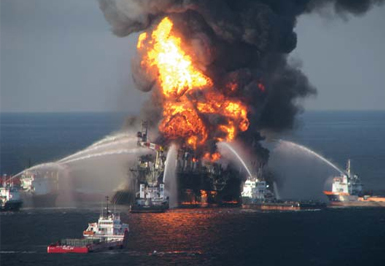While boats are the obvious source of maritime risk, they are not the only source. Many people can be unprepared to hear that a helicopter can be a maritime risk. However, they are frequently used to transport workers to and from offshore drilling stations. An incident earlier this year proves that they can be just as deadly to maritime workers ad boats can.
The incident took place in October and left one person dead and three others badly injured. While it is still being investigated as to the cause, it is more than probable that company issues such as malfunctioning equipment or inappropriate training may have cause the crash. If this is the case, the company will need to be held accountable for the injuries sustained by its workers. While this won’t immediately cure them or bring back the man who was lost, it can improve conditions for workers in the future.
When companies are called out on poor safety policies, they frequently change them, either by choice or due to being required by the government. By raising injury claims or by families demanding compensation for lost loved ones, such cases can actually help change legislation or at least bring recognition to an issue that the government and the company may not have even realized was a safety hazard.
Kirkendall Dwyer LLP is on hand with a Texas maritime lawyer ready to handle any injuries suffered on platforms or through other company negligence. If you or a loved one has had to suffer due to unsafe offshore conditions, do so no more. Instead, fight these conditions with both court cases and legislation. Only by using these legal tools can change truly be effected and the injured parties properly compensated for the hardship they have endured.







